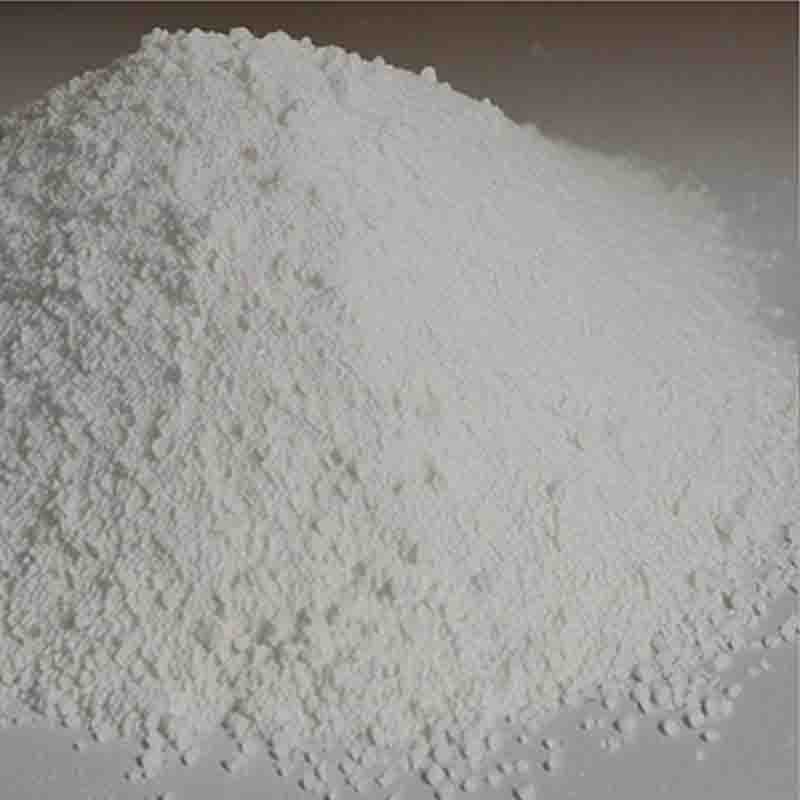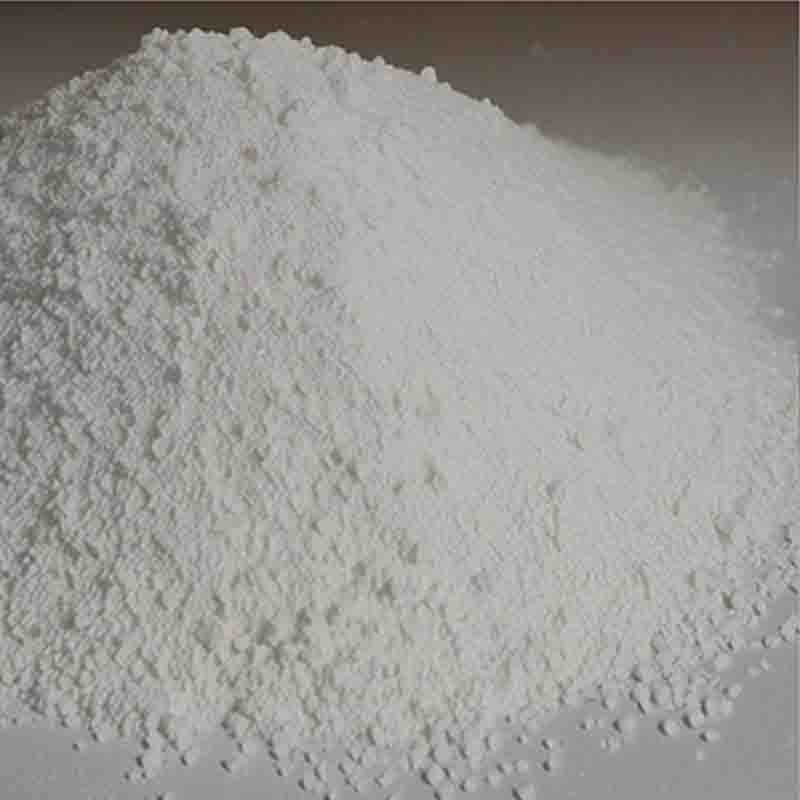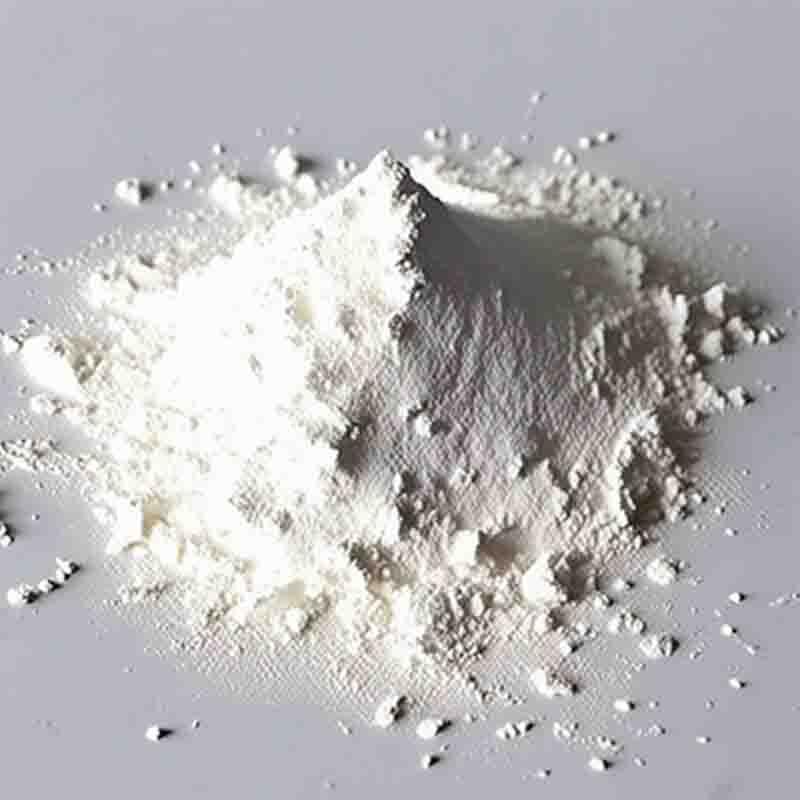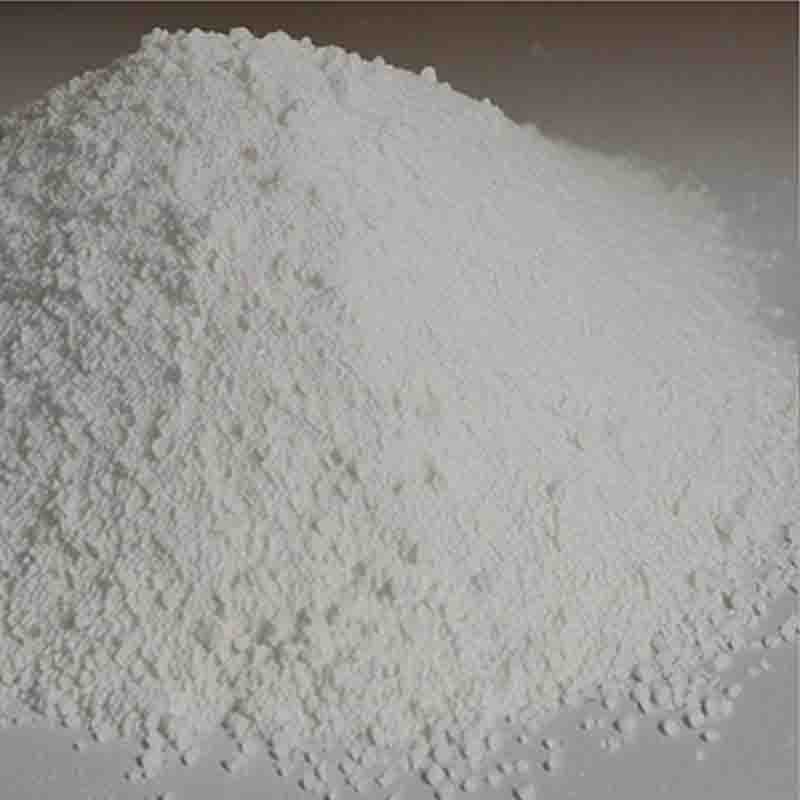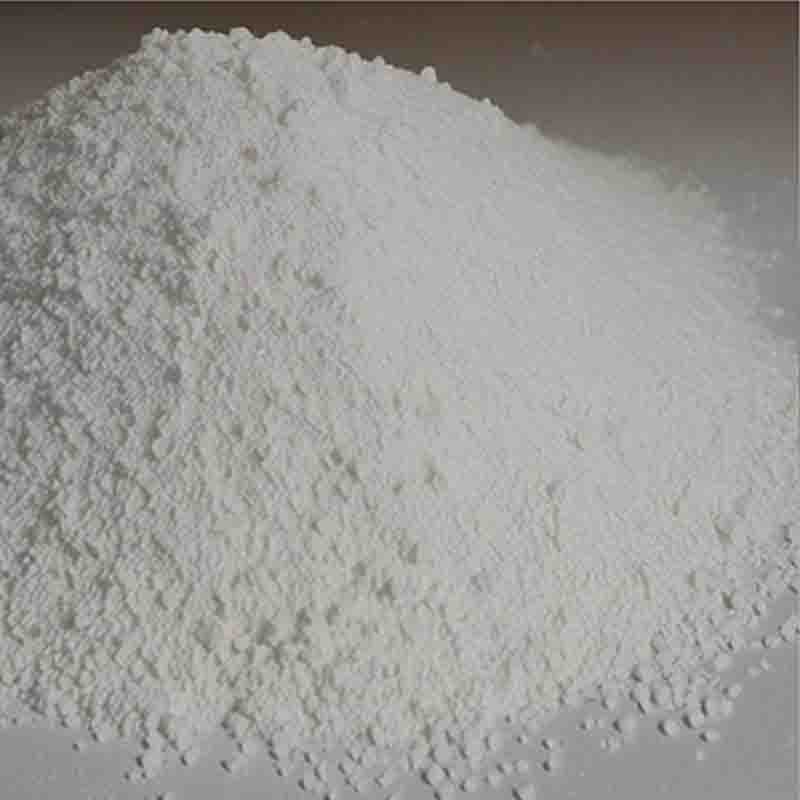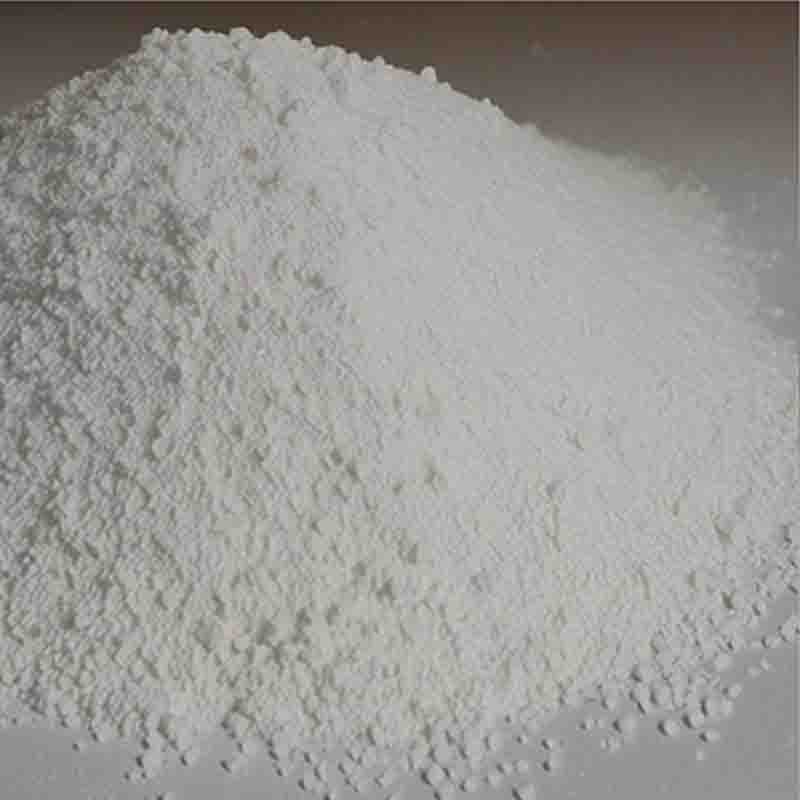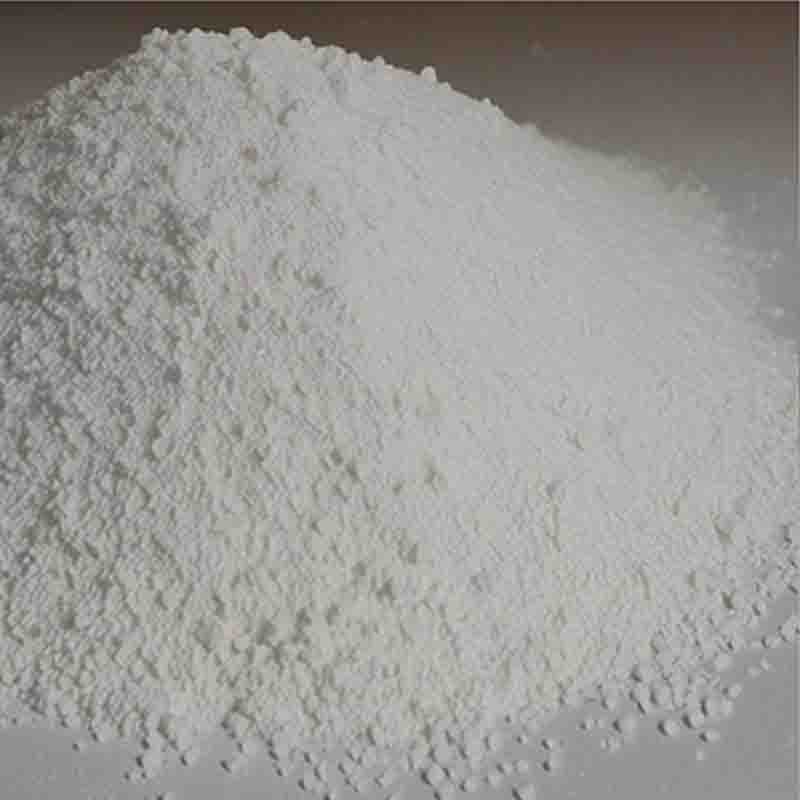2,6-Dibromo-4-methylaniline CAS:6968-24-7
| Catalog Number | XD95134 |
| Product Name | 2,6-Dibromo-4-methylaniline |
| CAS | 6968-24-7 |
| Molecular Formula | C7H7Br2N |
| Molecular Weight | 264.95 |
| Storage Details | Ambient |
Product Specification
| Appearance | White powder |
| Assay | 99% min |
2,6-Dibromo-4-methylaniline is an organic compound with the chemical formula C7H7Br2N. It is a molecule that contains two bromine substituents (-Br) attached to a benzene ring and a methyl group (-CH3) attached to an amino group (-NH2). In this 300-word response, we will discuss the effects and significance of 2,6-Dibromo-4-methylaniline in various areas.One of the notable effects of 2,6-Dibromo-4-methylaniline is its potential as a building block in organic synthesis. The presence of bromine atoms and a methyl group on the benzene ring provides opportunities for further chemical modification. Researchers have used 2,6-Dibromo-4-methylaniline as a starting material to synthesize various organic compounds with desired properties. For example, it can be used as a precursor in the synthesis of pharmaceuticals, agrochemicals, and dyes.2,6-Dibromo-4-methylaniline also demonstrates potential as a corrosion inhibitor. Corrosion is a chemical process that leads to the deterioration of materials, often resulting in significant economic and safety concerns. Studies have shown that 2,6-Dibromo-4-methylaniline exhibits inhibitory effects on the corrosion of metals, such as mild steel and aluminum. Its mechanism of action involves adsorbing onto the metal surface and forming a protective barrier that prevents corrosion. This property makes 2,6-Dibromo-4-methylaniline a promising candidate for the development of corrosion inhibitors in various applications.Furthermore, 2,6-Dibromo-4-methylaniline has been investigated for its potential as an antimicrobial agent. Research has indicated that it possesses antibacterial and antifungal activities against a range of microorganisms, including Staphylococcus aureus and Candida albicans. Its mode of action is believed to involve damaging the cell membranes or interfering with cellular processes. This antimicrobial property highlights the potential of 2,6-Dibromo-4-methylaniline as a candidate for the development of new drugs or as an additive in antimicrobial formulations.In summary, 2,6-Dibromo-4-methylaniline demonstrates effects and significant potential in various areas. Its versatility as a building block in organic synthesis offers opportunities for the development of diverse compounds. Additionally, its corrosion inhibitory properties make it a candidate for mitigating the damaging effects of corrosion. Lastly, its antimicrobial activity suggests its potential as a new drug or additive in antimicrobial formulations. Further investigation and research into the properties of 2,6-Dibromo-4-methylaniline will contribute to advancements in organic chemistry, corrosion prevention, and antimicrobial treatments.


